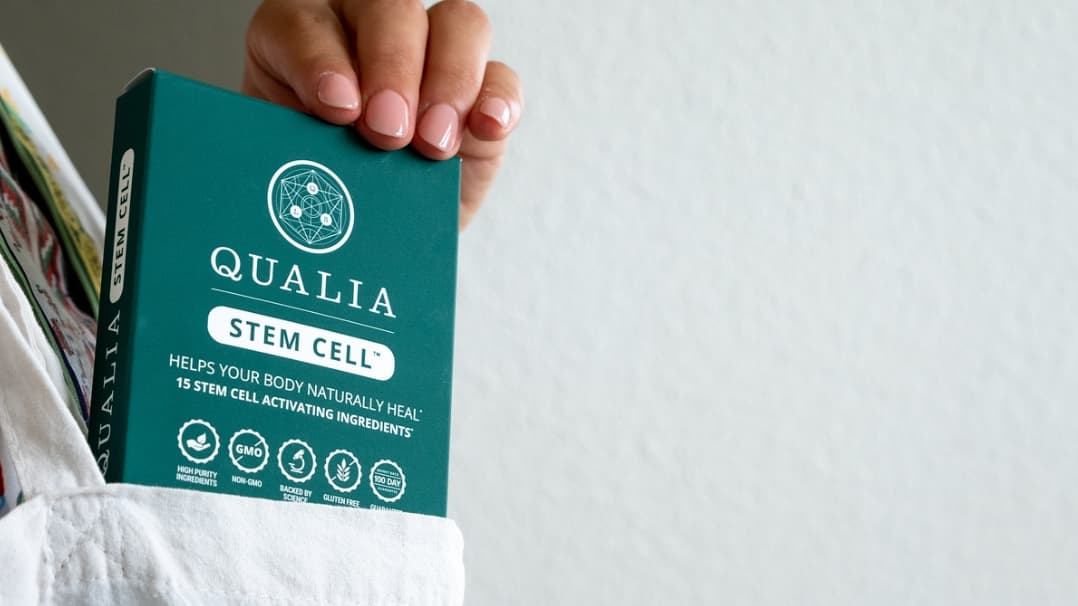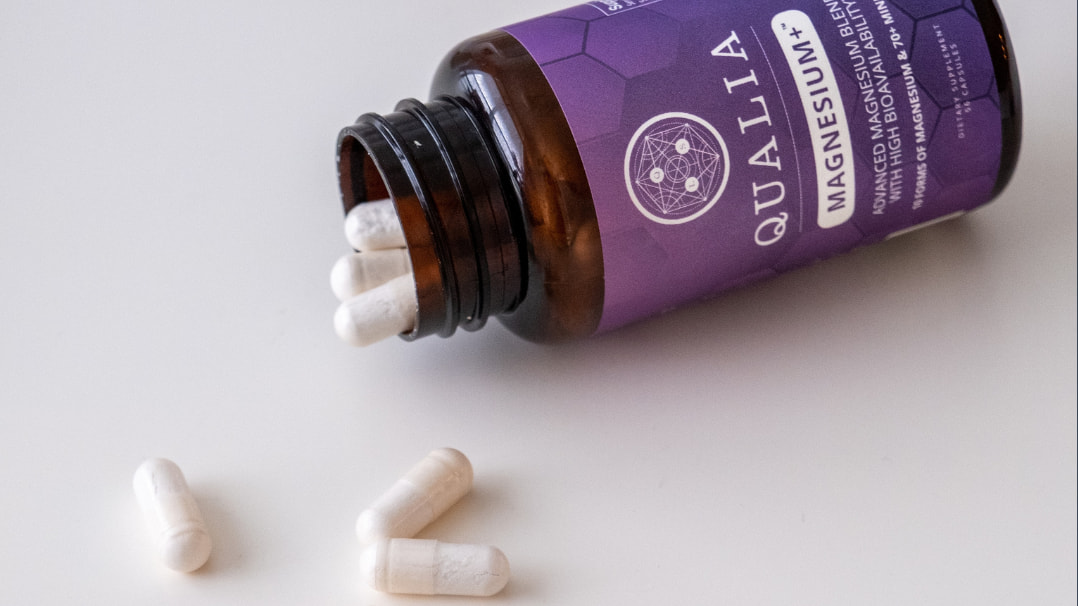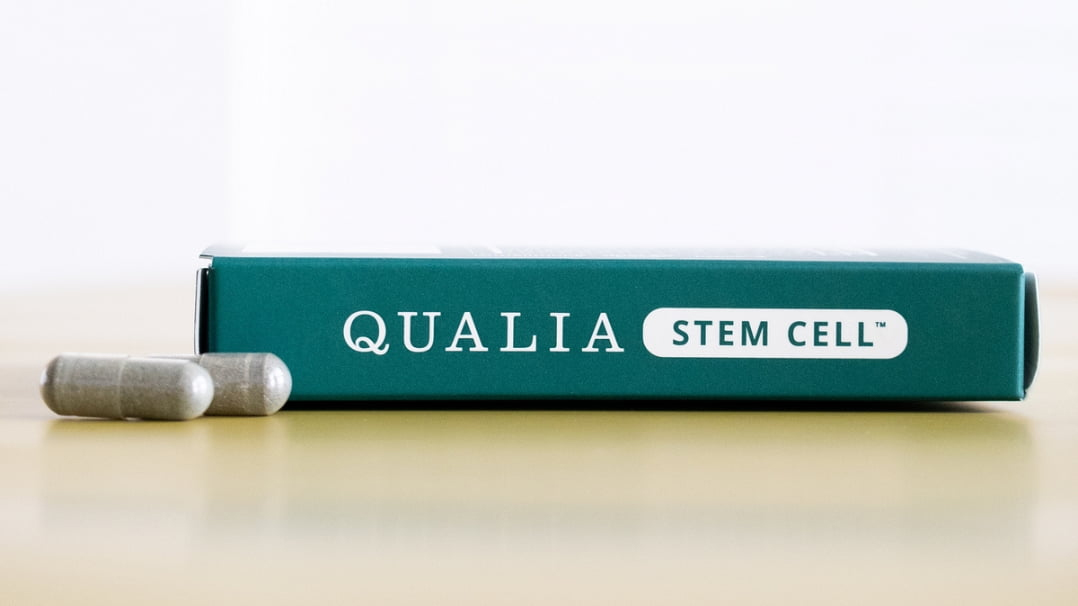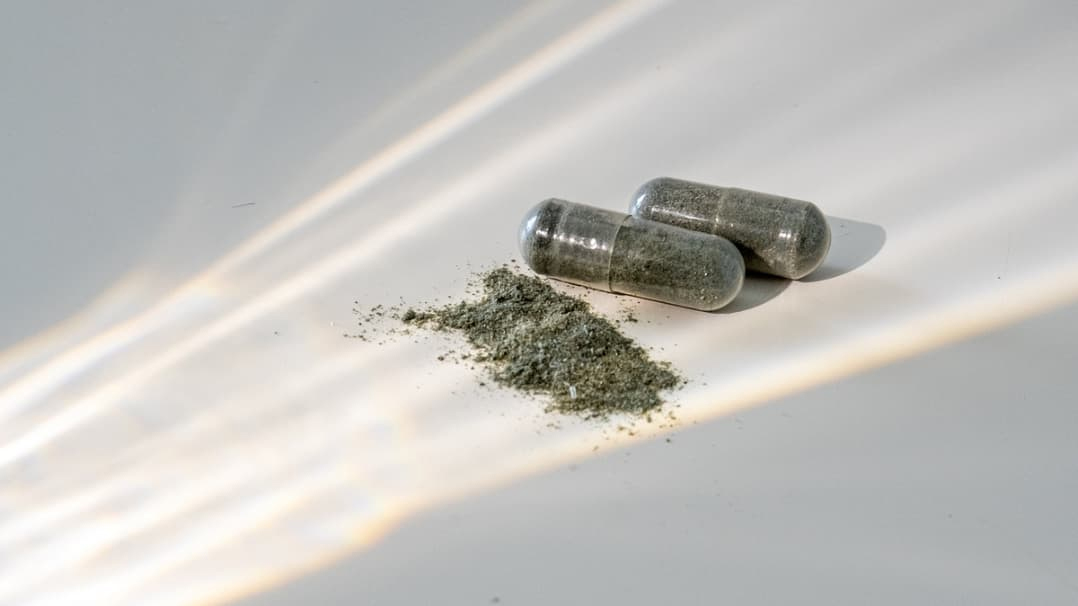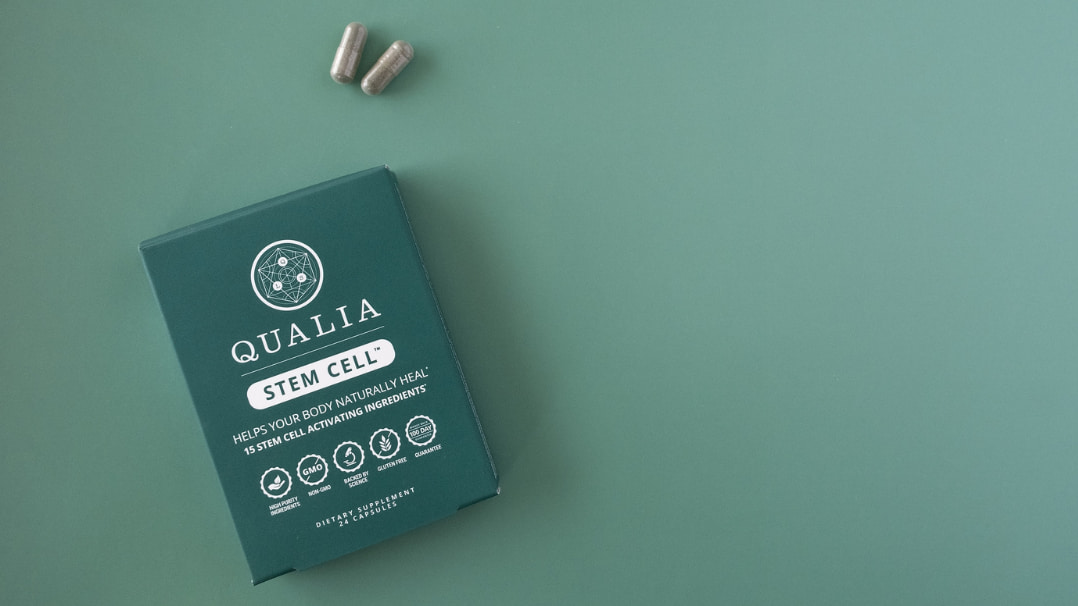Inositols

Inositol is a family of nine different stereoisomers. This is a chemistry term. It means that all inositols share the same atoms and the sequence of how the atoms are bonded together, but differ in the three-dimensional orientation of their atoms in space. An analogy would be a folding beach chair that can be put in multiple positions. The most stable form of inositol in the body is called myo-inositol. It’s also the most abundant form. The most commonly supplemented form of inositol is myo-inositol (myo-inositol functions as a synonym for inositol in dietary supplements). Myo-inositol and the D-chiro-inositol form exist in plasma in a 40:1 ratio. This combination and ratio is complementary, producing far greater functional responses at much lower doses than myo-inositol alone [1,2]. Historically, inositol was considered part of the B-complex of vitamins (it was called vitamin B8), but because we can make it in the body, it’s no longer classified as a vitamin. While lots of foods contain inositol, its bioavailability in plant foods such as seeds, beans, and grains is low. In the body inositol is found in cell membrane phospholipids, plasma lipoproteins, and (as the phosphate form) in the cell nucleus (the home of our DNA). Our main interest in inositol is for support of hormone signaling—insulin and thyroid especially. Inositol acts as a second messenger, translating hormone messages that act on the outside of cells into intracellular signals involved in energy production, growth, and repair.*
TOP BENEFITS OF INOSITOLS
Supports thyroid function *
Supports cardiometabolic health *
Supports female reproductive health*
QUALIA’S INOSITOLS SOURCING
Our main reason for including inositol is because of its role in supporting healthy insulin and thyroid signaling functions. When these work better, cellular energy can be made more efficiently.
The most important inositol criteria is opting for complementarity and using a stack of myo-inositol and D-chiro-inositol in a 40:1 ratio. Compared to either form of inositol on its own, this ratio (1) better matches physiology, (2) produces enhanced functional responses at lower doses, and (3) overcomes interference in cellular enzyme production of D-chiro-inositol from myo-inositol that can occur with insulin resistance and aging.
Myo-inositol sourcing is focused on identifying and purchasing from a reputable supplier and ensuring the myo-inositol is non-GMO, gluten-free and vegan.
We use Chirositol® from Bioriginal as a source of D-chiro-inositol. It is extracted without the use of solvents from carob pods (Ceratonia siliqua) and contains greater than 95% D-chiro-inositol. Chirositol® is non-GMO Project verified, gluten-free and vegan.
INOSITOLS FORMULATING PRINCIPLES AND RATIONALE
Inositol is generally considered to be dose-dependent (see Qualia Dosing Principles) and is often used in very high amounts, especially when trying to affect the brain and mental health. But for general cellular signaling purposes, much lower amounts can be used, especially when myo-inositol and D-chiro-inositol are included at a ratio of 40:1. This is their physiological ratio in the plasma. The stacking of myo-inositol and D-chiro-inositol is complementary at this ratio, allowing for the use of lower amounts of both [1, 2].*
INOSITOLS KEY MECHANISMS
Supports healthy cardiometabolic function*
Helps maintain healthy blood pressure* [3,4]
Helps maintain healthy blood triglycerides and cholesterol levels* [1,3–5]
Supports healthy body weight maintenance* [3,6]
Supports healthy thyroid function*
Inositol derivatives are second messengers in the TSH signaling pathway* [7]
Supports healthy thyroid-stimulating hormone (TSH) levels* [8–10]
Supports healthy cellular thyroid function* [8–10]
Supports female reproductive health*
Inositol derivatives are second messengers in the FSH signaling pathway* [11]
Supports healthy oocyte maturation* [12–15]
Supports healthy ovary function* [2,5,16,17]
Supports mitochondrial function*
D-chiro-inositol supports healthy mitochondrial structure and function [18]
D-chiro-inositol supports redox balance [19]
D-chiro-inositol supports AMPK activity through the LKB1-dependent pathway [19]
Supports healthy gut microbiota*
Supports a balanced composition of the gut microbiome* [20]
Complementary ingredients*
Selenium in supporting healthy thyroid function* [8]
Resveratrol in supporting healthy metabolic profile* [21]
*These statements have not been evaluated by the Food and Drug Administration. This product is not intended to diagnose, treat, cure, or prevent any disease.
REFERENCES
[1]M. Minozzi, M. Nordio, R. Pajalich, Eur. Rev. Med. Pharmacol. Sci. 17 (2013) 537–540.
[2]M. Nordio, E. Proietti, Eur. Rev. Med. Pharmacol. Sci. 16 (2012) 575–581.
[3]A. Santamaria, D. Giordano, F. Corrado, B. Pintaudi, M.L. Interdonato, G.D. Vieste, A.D. Benedetto, R. D’Anna, Climacteric 15 (2012) 490–495.
[4]D. Giordano, F. Corrado, A. Santamaria, S. Quattrone, B. Pintaudi, A. Di Benedetto, R. D’Anna, Menopause 18 (2011) 102–104.
[5]J.E. Nestler, D.J. Jakubowicz, P. Reamer, R.D. Gunn, G. Allan, N. Engl. J. Med. 340 (1999) 1314–1320.
[6]L. Pkhaladze, L. Barbakadze, N. Kvashilava, Int. J. Endocrinol. 2016 (2016) 1473612.
[7]S. Benvenga, A. Antonelli, Rev. Endocr. Metab. Disord. 17 (2016) 471–484.
[8]M. Nordio, S. Basciani, Eur. Rev. Med. Pharmacol. Sci. 22 (2018) 2153–2159.
[9]S.M. Ferrari, P. Fallahi, F. Di Bari, R. Vita, S. Benvenga, A. Antonelli, Eur. Rev. Med. Pharmacol. Sci. 21 (2017) 36–42.
[10]M. Nordio, S. Basciani, Int. J. Endocrinol. 2017 (2017) 2549491.
[11]P. Gloaguen, P. Crépieux, D. Heitzler, A. Poupon, E. Reiter, Front. Endocrinol. 2 (2011) 45.
[12]L. Ciotta, M. Stracquadanio, I. Pagano, A. Carbonaro, M. Palumbo, F. Gulino, Eur. Rev. Med. Pharmacol. Sci. 15 (2011) 509–514.
[13]T.T.Y. Chiu, M.S. Rogers, C. Briton-Jones, C. Haines, Hum. Reprod. 18 (2003) 408–416.
[14]T.T.Y. Chiu, M.S. Rogers, E.L.K. Law, C.M. Briton-Jones, L.P. Cheung, C.J. Haines, Hum. Reprod. 17 (2002) 1591–1596.
[15]S.G. Vitale, P. Rossetti, F. Corrado, A.M.C. Rapisarda, S. La Vignera, R.A. Condorelli, G. Valenti, F. Sapia, A.S. Laganà, M. Buscema, Int. J. Endocrinol. 2016 (2016) 4987436.
[16]E. Benelli, S. Del Ghianda, C. Di Cosmo, M. Tonacchera, Int. J. Endocrinol. 2016 (2016) 3204083.
[17]S. Gerli, M. Mignosa, G.C. Di Renzo, Eur. Rev. Med. Pharmacol. Sci. 7 (2003) 151–159.
[18]B. Zhang, C. Gao, Y. Li, M. Wang, J. Ethnopharmacol. 214 (2018) 83–89.
[19]B. Zhang, X. Guo, Y. Li, Q. Peng, J. Gao, B. Liu, M. Wang, Mol. Nutr. Food Res. 61 (2017).
[20]Y. Okazaki, A. Sekita, T. Katayama, Biomed Rep 8 (2018) 466–474.
[21]A. Malvasi, I. Kosmas, O.A. Mynbaev, R. Sparic, S. Gustapane, M. Guido, A. Tinelli, Clin. Ter. 168 (2017) e240–e247.

